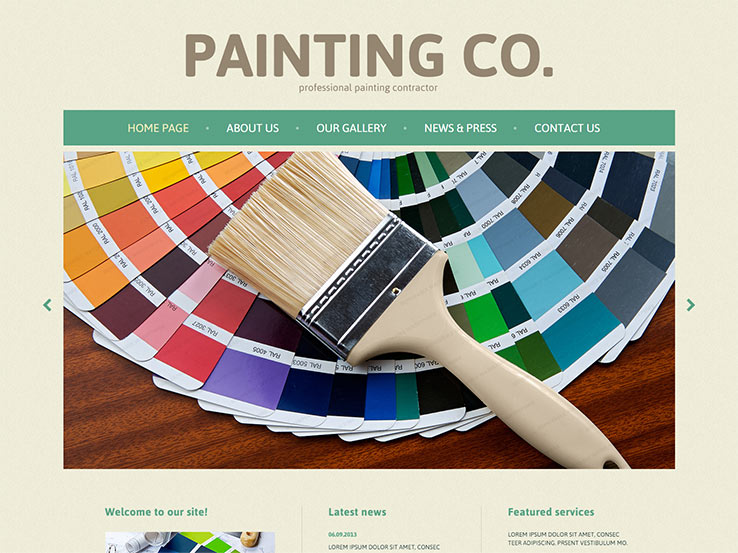Explore The Effect Of Seasonal Elements On The Efficiency Of Business Exterior Paint And Recognize The Optimum Times To Achieve Enduring Outcomes For Your Project
Explore The Effect Of Seasonal Elements On The Efficiency Of Business Exterior Paint And Recognize The Optimum Times To Achieve Enduring Outcomes For Your Project
Blog Article
Staff Writer-Leach Celik
When you're planning an industrial external paint job, seasonal elements can make or damage your outcomes. You'll wish to consider exactly how temperature level and moisture influence paint application and drying out times. Picking the best period can guarantee your paint adheres effectively and lasts much longer. But which seasons are truly the best for this kind of work? Let's explore the key elements that can impact your task's success.
The Impact of Temperature Level on Paint Application
When you're preparing a commercial external painting project, the temperature level can substantially affect just how well the paint sticks and dries.
Preferably, you wish to paint when temperatures vary between 50 ° F and 85 ° F. If it's as well cold, the paint may not treat properly, leading to issues like peeling or breaking.
On the other hand, if it's as well hot, the paint can dry out also swiftly, protecting against correct adhesion and leading to an uneven finish.
You ought to additionally think about the time of day; morning or late afternoon uses cooler temperatures, which can be extra beneficial.
Constantly examine the maker's suggestions for the certain paint you're using, as they frequently supply support on the ideal temperature level range for optimum outcomes.
Humidity and Its Effect on Drying Times
Temperature level isn't the only environmental factor that influences your industrial outside painting task; moisture plays a substantial function too. High humidity levels can reduce drying times significantly, affecting the general top quality of your paint task.
When the air is filled with wetness, the paint takes longer to cure, which can cause concerns like inadequate bond and a greater danger of mold growth. If you're painting on an especially moist day, be planned for extensive delay times between coats.
It's crucial to check neighborhood weather conditions and plan accordingly. Preferably, aim for moisture levels between 40% and 70% for optimum drying.
Maintaining these factors in mind ensures your task stays on track and provides a long-term surface.
Best Seasons for Commercial Exterior Paint Projects
What's the very best season for your commercial exterior painting tasks?
Springtime and very early loss are generally your best bets. During these periods, temperatures are mild, and moisture degrees are usually reduced, developing suitable problems for paint application and drying.
Stay clear of summertime's intense heat, which can cause paint to completely dry also quickly, bring about inadequate bond and surface. In a similar way, winter season's chilly temperatures can prevent proper drying and treating, risking the long life of your paint job.
Aim for days with temperature levels in between 50 ° F and 85 ° F for optimal results. Keep in mind to examine the neighborhood weather report for rain, as damp problems can spoil your project.
Read Alot more around these aspects ensures your painting job runs efficiently and lasts longer.
Verdict
Finally, planning your industrial outside paint tasks around seasonal considerations can make a considerable difference in the result. By organizing job during the optimal temperatures and moisture degrees, you'll guarantee far better bond and drying times. Remember to watch on painting contractors near me and select the right time of year-- springtime and early autumn are your best options. Taking these steps will certainly aid you achieve a sturdy and professional coating that lasts.
